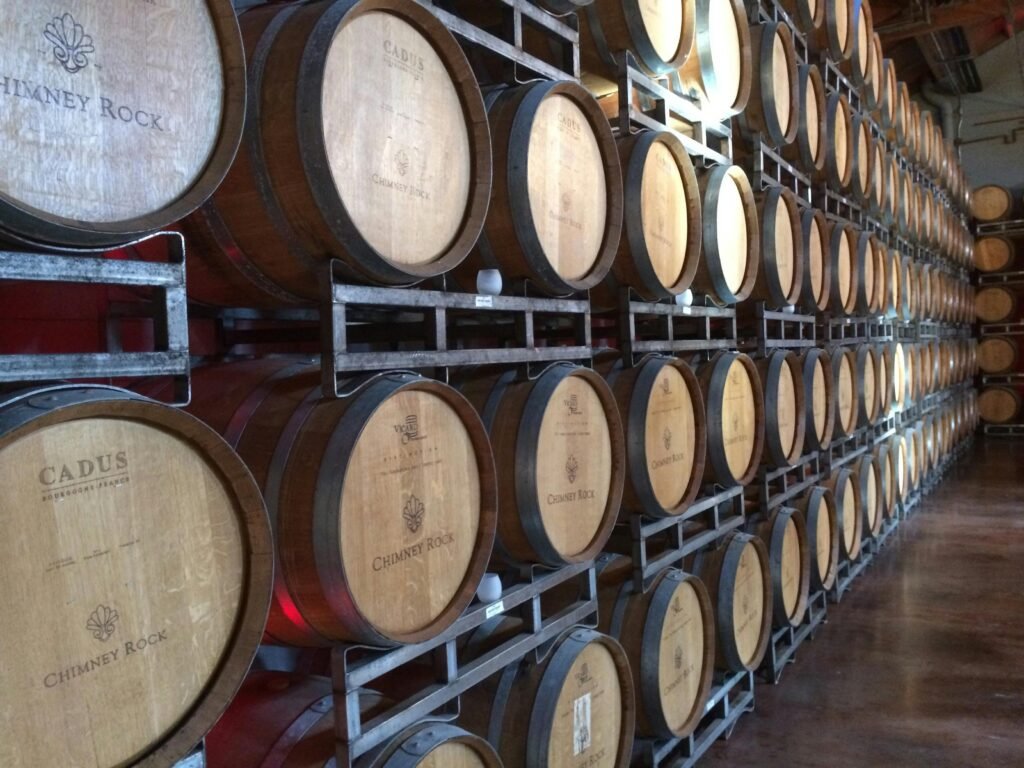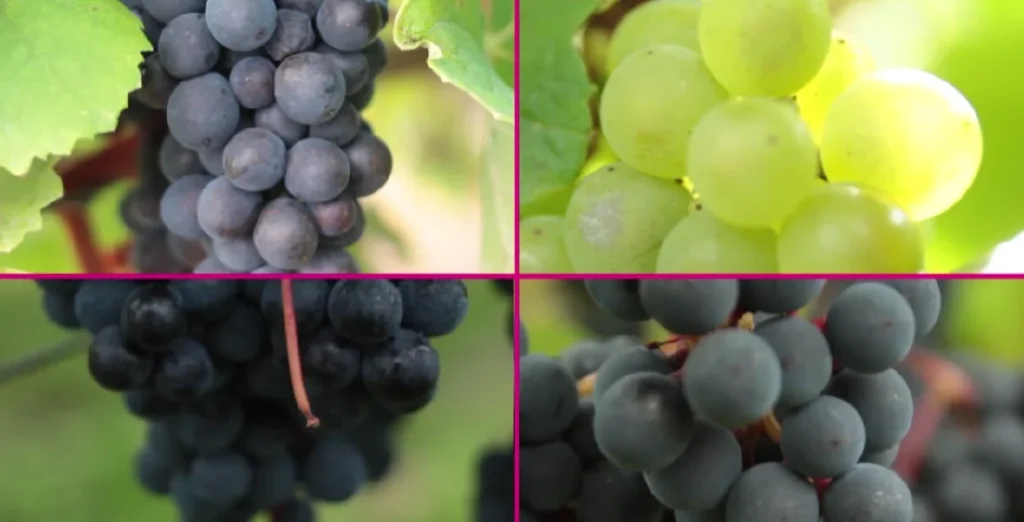Basic Wine Knowledge | How Is Wine Made?
What Is Wine?
In the drinks and beverages industry, especially those working in a bar or restaurant, it’s a must to have some basic wine knowledge. Basic wine knowledge includes understanding the process of how wine is made and knowing some of the different wine grapes. We will discuss down below all these points and in the end you will not just have some basic wine knowledge but you can consider yourself someone with a good wine knowledge and be more confident on your product knowledge.

To put it simply, wine is a fermented grape juice, which has been around for generations. There are billions of wine bottles worldwide and they all started the same way, with grape juice. Wine is a beverage consumed and enjoyed on many different occasions. This beverage is very tasty because of the endless flavors it can have, from crisp, green apple freshness to rich, dark fruit flavors. By understanding basic wine knowledge and how wine flavors change from one type to another, you can better serve your guests by giving suggestions to them for choosing the wine they will enjoy the most.
Basic Wine Knowledge – How Is Wine Made?
It doesn’t matter if you work in a bar or not, as everyone should have some basic wine knowledge especially when it comes to the process of how the wine is made. We will list below all the processes of making wine. From the very beginning where the juicy grape gets from the vines through the wine cellar, and the last process of adding it into the bottle.
- Harvesting
Obviously the very first steep of making wine is harvesting the fruit where it comes from, which is the grape. Grapes are picked either by hand or with machines. The season of the harvest is important to ensure optimal ripeness and sugar levels. - Crushing And Pressing
After the grapes have been harvested and collected in one place, are then crushed to release their juice. For red wines, the skins, seeds, and stems are often left in contact with the juice to add color and tannins. - Fermentation
Fermentation is most important step in the wine making process and the main term u need to understand in gaining basic wine knowledge. Fermentation is a chemical reaction that turns grape juice into wine. Yeast is added to the grape juice, which then consumes the sugar in the juice, creating alcohol and carbon dioxide, turning the sweet grape juice into wine. This process can take several days to weeks. Yeast are tiny organisms found all around us, on fruit skins, in soil, and on insects. This natural process is fundamental in transforming the grape juice to a wine beverage. - Maturation/Aging
Maturation or aging almost the last step in the winemaking process that increase the wine’s flavor. It involves aging the finished wine in wooden barrels, typically made from American or French oak, for one to three years before bottling. This process adds spicy, toasty, and vanilla flavors to the wine, enriching its overall profile. Not all wines undergo maturation, as some are not suited for this process. Knowing about maturation is an important part of basic wine knowledge. - Clarification
The process of clarification comes in two procedures, racking which is the process when the wine is transferred from one container to another to separate it from sediment, and fining/filtration which is the process where the substances are added to the wine to bind with unwanted particles, which are then removed through filtration. - Blending (Optional)
Blending in winemaking is the process of combining different wines to create a final product with a desired flavor profile, aroma, texture, and overall quality. This technique allows winemakers to balance various characteristics and achieve consistency, complexity, and harmony in the finished wine. - Bottling
As u can guess, bottling is the last step into the winemaking procedure. Before bottling the wine goes under stabilization process where the wine is stabilized to prevent unwanted fermentation or chemical reactions after bottling. Than the wine is bottled, sealed with corks or alternative closures, and labeled.
How Is Rose Wine Made?
Having basic wine knowledge includes understanding how rosé wine is made as well. Is almost the same process as we mentioned above only that is important to note that rosé wine can be made from any dark grapes but doesn’t turn fully red because the skins are removed from the juice after a few hours. Rosé can also be made by blending or mixing white and red wines. Rosé wines are typically fruity, fresh, and with both sweet and dry varieties available.
The Different Parts Of Grapes
To gain basic wine knowledge, you must understand the three parts of grapes:
- The Flesh: The most important part for winemakers, containing the juice that forms the basis of wine. It holds the chemical compounds responsible for wine’s flavors and aromas, as well as the acid and sugar needed for fermentation.
- The Skin: Provides color to red wines and have ingredients that add flavor.
- The Seeds: Generally avoided during winemaking as they have bitter oil that can make the wine taste not that pleasant.
Popular Wine Grapes

Basic wine knowledge includes knowing and understanding different grape types. Some of the most popular grape types are Cabernet Sauvignon, Shiraz, Merlot, Pinot Noir, Sauvignon Blanc, and Chardonnay. These grapes, though similar in appearance, produce wines with distinct flavors and characteristics. The quality of the wine also depends on where the grapes are grown. For instance, a Chardonnay from South Africa will taste different from a Chardonnay grown in France. Understanding the impact of grape variety and growing region is an important element of basic wine knowledge.
Images in the post are from Pixabay (not copyrighted and free commercial use)
Share this content:
